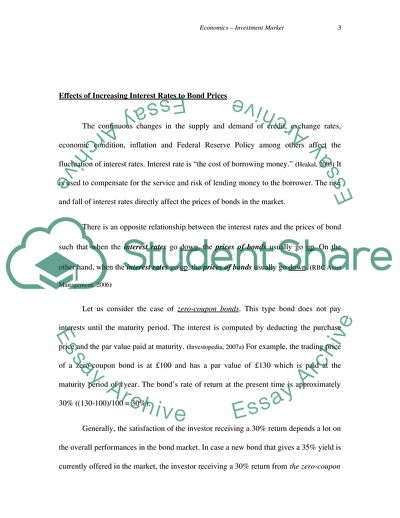Cite this document
(Economics: Investment Market Case Study Example | Topics and Well Written Essays - 2000 words, n.d.)
Economics: Investment Market Case Study Example | Topics and Well Written Essays - 2000 words. Retrieved from https://studentshare.org/macro-microeconomics/1706758-economics-investment-markets
Economics: Investment Market Case Study Example | Topics and Well Written Essays - 2000 words. Retrieved from https://studentshare.org/macro-microeconomics/1706758-economics-investment-markets
(Economics: Investment Market Case Study Example | Topics and Well Written Essays - 2000 Words)
Economics: Investment Market Case Study Example | Topics and Well Written Essays - 2000 Words. https://studentshare.org/macro-microeconomics/1706758-economics-investment-markets.
Economics: Investment Market Case Study Example | Topics and Well Written Essays - 2000 Words. https://studentshare.org/macro-microeconomics/1706758-economics-investment-markets.
“Economics: Investment Market Case Study Example | Topics and Well Written Essays - 2000 Words”. https://studentshare.org/macro-microeconomics/1706758-economics-investment-markets.


